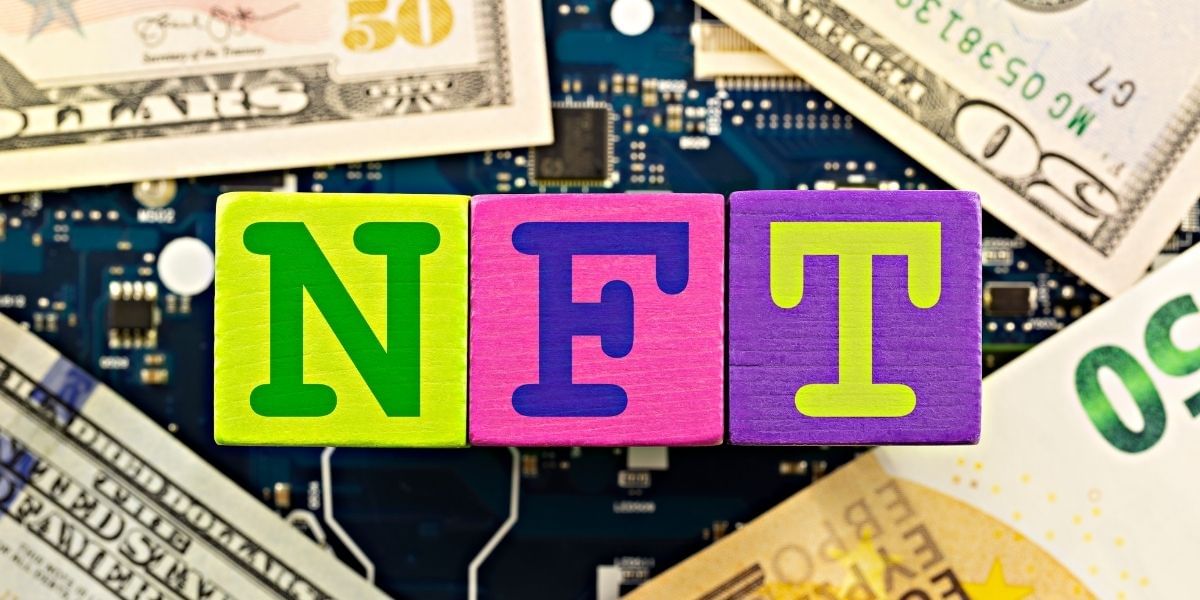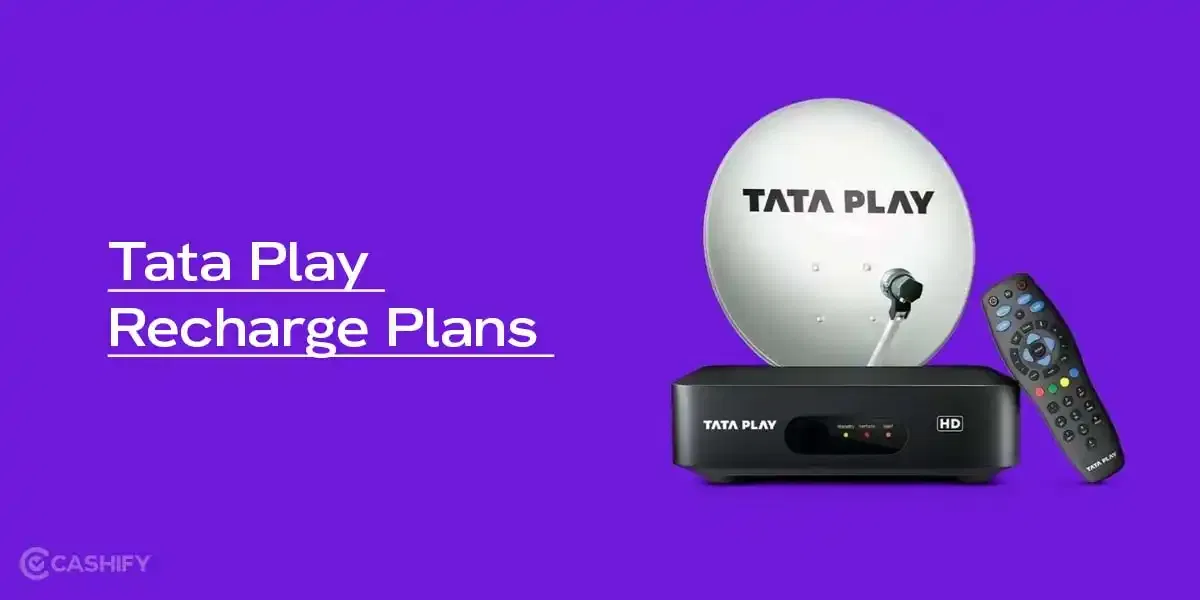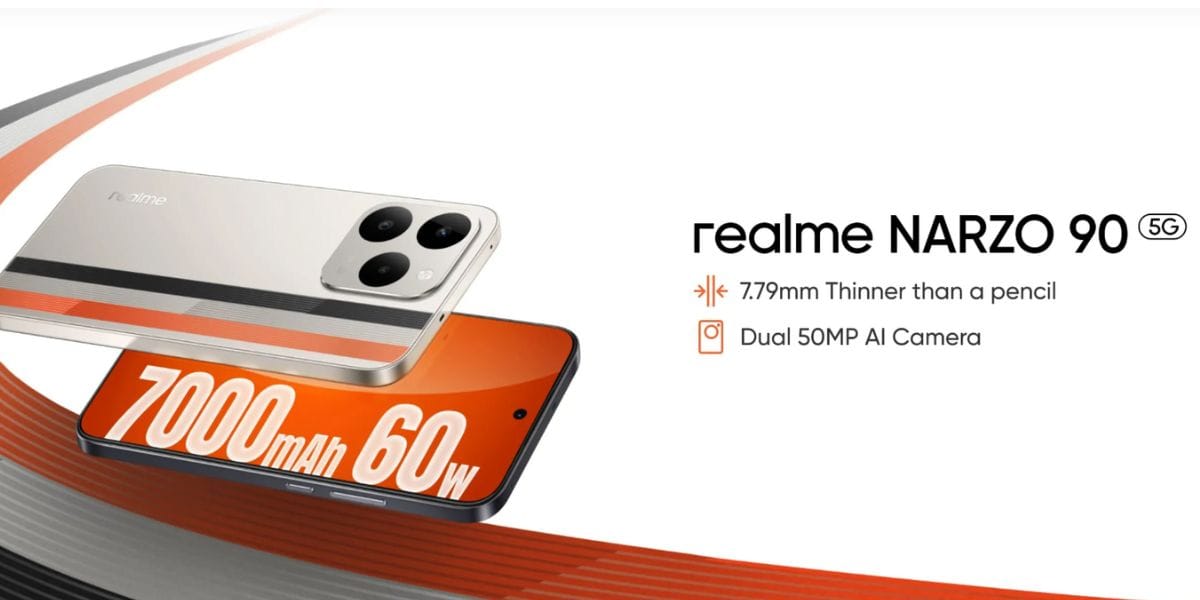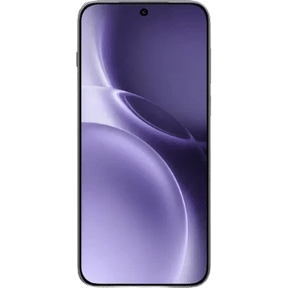Probably the tech geek in you is trying to find the right processor that will serve performance and compatibility. Intel remains an apt choice to date but the overwhelming differences between Intel processors can put anyone in a fit. The good part is Intel remains a powerhouse, offering a wide range of options so you will be able to find the one according to your usage or requirement. This quick rundown will shed light on what separates Intel processors and generations, empowering you to make an informed decision while you purchase.
Truth Behind Processor Generations: Separating Fact From Fiction!
You may have noticed a ‘Generation’ tag directly after the Processor model number if you’ve lately searched for Intel PCs or CPUs. Over the years, the difference between Intel processors have become progressively better. Architecture is the most noticeable distinction between generations.
Over time, they also improved RAM compatibility, cache support, and overclocking capabilities. Newer processors could also attain greater clock speeds while becoming significantly more energy efficient.
Is the processor generation really that important, or is it all just a marketing ruse? Let’s look at the differences.
Also read: Trying to Turn Your Old Laptop Into Chromebook? Read This!
Intel Processor Generations: Quick Glance
| GENERATION | CODE NAME | RELEASE YEAR |
|---|---|---|
| 1st Gen | Nehalem | 2008 |
| 2nd Gen | Sandy Bridge | 2011 |
| 3rd Gen | Ivy Bridge | 2012 |
| 4th Gen | Haswell | 2013 |
| 5th Gen | Broadwell | 2015 |
| 6th Gen | Skylake | 2015 |
| 7th Gen | Kaby Lake | 2017 |
| 8th Gen | Coffee Lake (desktop), Kaby Lake Refresh (mobile) | 2017 |
| 9th Gen | Coffee Lake Refresh | 2018 |
| 10th Gen | Ice Lake (mobile), Comet Lake (desktop/mobile) | 2019-2020 |
| 11th Gen | Tiger Lake (mobile), Rocket Lake (desktop) | 2020-2021 |
| 12th Gen | Alder Lake | 2021-2022 |
| 13th Gen | Raptor Lake | 2022-2023 |
| 14th Gen | Raptor Lake Refresh (desktop/mobile), Meteor Lake (mobile, intro to Core Ultra) | 2023-2024 |
| Core Ultra Series 1 | Meteor Lake (mobile) | 2023 |
| Core Ultra Series 2 | Lunar Lake (mobile), Arrow Lake (desktop) | 2024 |
Also read: How To Enable Two-Factor Authentication on Facebook?
The Misconception About These Processors
To begin with, many people believe that the Core i3, i5, and i7 processor generations are the processor generations. Intel processors come in a variety of types and brands.
After the advent of the Core I series, the notion of generations became popular. The fundamental difference between processor generations is the microarchitecture of the processor. The image below will help you understand the key differences.
Also read: 6 Best Cheap Gaming Laptops to Buy in India[2022]
What Does “Generation” Mean?
- Main Meaning: Intel uses “Generation” to talk about big updates in their processors. These updates make the processor better, faster, or add new features. For example, a new design or a new way of building the processor.
- Official Use: Intel decides what is called 1st, 2nd, 3rd Generation, and so on. They use it when there’s a big change in the same family of processors.
- Loose Use: Other people use “Generation” in different ways. Intel doesn’t stop them, so the word can mean different things depending on who’s talking.
The New Naming Scheme From 2023
In 2023, Intel revamped its naming to simplify and emphasise AI capabilities.
Intel shifted naming from “Core iX-XXth Gen” to “Core Ultra X” for premium lines. It dropped generation numbers for some entry-level models. Premium processors are now “Core Ultra 5/7/9” (e.g., Core Ultra 9 285K from Arrow Lake). Entry-level are “Core 3/5/7” without “i” (e.g., Core 3 101F).
However, traditional “Core i3/i5/i7/i9” persists for some models. This change aligns with integrated NPUs for AI tasks like real-time translation or image generation, making processors more future-proof for AI-driven apps.
Examples of “Generation” in Intel Processors
- Big Changes in Design:
- The 1st Generation of Intel Core processors were the Core i3, i5, and i7. They came out a few years ago.
- The 2nd Generation is called Sandy Bridge. Sandy Bridge added cool things like shared cache (a memory all parts of the processor can use), and it put the memory controller, graphics, and CPU on the same chip. This made the processor faster and better.
- Different Families in the Same Group:
- Some people call the Core family of processors as having 3 generations: Lyndfield, Clarkdale, and Sandy Bridge.
- But some processors, like the i7, had other families too, like Bloomfield and Gulftown. So, the word “Generation” can also mean different groups of processors.
- Different Models in the Same Design:
- The Core 2 Duo, Quad, and Extreme are sometimes called one generation.
- Then the Core i3, i5, and i7 are called the next generation.
- Sandy Bridge is called the 3rd generation of Core processors.
- Here, “Generation” means different models, even if the design is similar.
Why Is This Confusing?
- Intel uses “Generation” to mean big changes in how a processor is made or works.
- But other people use it to talk about different families or models of processors.
- Intel doesn’t make strict rules about the word, so it can mean different things depending on who’s using it.
- For example, Intel might say Sandy Bridge is the 2nd Generation, but someone else might say it’s the 3rd Generation because they count differently.
Key Terms Related To Intel Processors
Let’s look at some terms that are used in the world of Intel Processors:
Number of Cores:
Most laptop and desktop processors contain two or four cores (dual- and quad-core). Some of the most recent versions include six or even eight. The more cores your computer has, the better it can do numerous tasks at once without slowing down. If you often use many apps or have a lot of tabs open in your browser, you’ll welcome having additional cores.
Clock Speed:
The number of operations a CPU can do per second is measured in gigahertz (GHz). If you compare like-for-like laptop/desktop models, the greater the number, the quicker the machine. When accessing apps, files and exporting photographs, you’ll notice a faster clock speed.
Generational numbers:
When choosing a CPU, there’s one more aspect to consider. The first digit determines your processor’s generation after the dash. It is newer if the number is higher. The most recent generation is the 11th generation, which was released in 2021.
- Core i5-7200U: two cores, maximum speed of 3.1GHz
- Core i5-8250U: four cores, maximum speed of 3.4GHz
Also read: How to Check Laptop’s Battery Health?
1. Intel Core Processors

Intel Core processors are the company’s top-of-the-line processors. They superseded the popular Pentium line as the norm for high-end CPU chips when they were first announced in 2006. They come in various models, including Core i3, i5, i7, i9, and a new generation is released every one to two years.
Typically,
1) The higher the “i” number on the Core, the better the chip.
2) The chip becomes better with each successive generation.
As a result, an Intel Core I7 CPU will outperform an Intel Core i5 processor, and an 11th Generation Core i9 chip will outperform (with greater features) a 10th Generation Core i9 chip.
Also read: Best Tax Calculator Apps To Help You With Mind-boggling Taxes.
Intel Core processors and ranking:
Update the table with recent generations for relevance.
| Generation | Year | Core i-series Processors | Codename |
|---|---|---|---|
| 14th | 2023-2024 | Core i9-14, Core i7-14, Core i5-14, Core i3-14 | Raptor Lake Refresh |
| 13th | 2022-2023 | Core i9-13, Core i7-13, Core i5-13, Core i3-13 | Raptor Lake |
| 12th | 2021-2022 | Core i9-12, Core i7-12, Core i5-12, Core i3-12 | Alder Lake |
| 11th | 2020-2021 | Core i9-11, Core i7-11, Core i5-11, Core i3-11 | Rocket Lake (desktop), Tiger Lake (mobile) |
| 10th | 2019-2020 | Core i9-10, Core i7-10, Core i5-10, Core i3-10 | Comet Lake, Ice Lake |
| 9th | 2018-2019 | Core i9-9, Core i7-9, Core i5-9, Core i3-9 | Coffee Lake Refresh |
For 2024+, see Core Ultra: e.g., Core Ultra 9 (Arrow Lake, up to 24 cores, integrated NPU for AI).
In general, the higher the processor in the table above, the “better” it is. For example, 11th Generation Core CPUs have improved connectivity, graphics, and AI advancements, resulting in a considerably quicker, easier-to-use platform with WiFi 6. They’re extraordinarily compact and efficient, allowing companies like HP to produce laptops that are lighter, cooler, and more powerful than ever before.
Intel Core Suffix Meanings:
| Core suffix | Meanings |
|---|---|
| HX | High-performance mobile (e.g., for gaming laptops, up to 55W TDP) |
| N | Entry-level, low-power (replaces some Celeron/Pentium) |
| V | For vPro enterprise features (security, remote management) |
Also read: 5 Best Laptop Under 50000 to Buy in India
2. Intel Xeon Processors
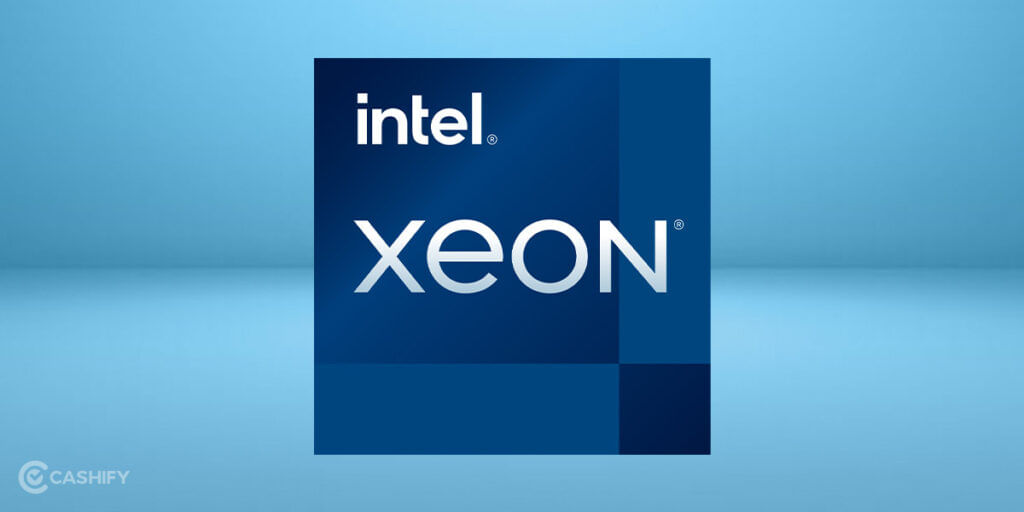
An Intel Xeon processor is a cutting-edge central processing unit from Intel (CPU). They’re identical to Intel Core CPUs in many aspects. They’re also more sophisticated in several ways. The Intel Xeon CPUs are unquestionably influential. They contain a lot of cores and certain unique features that make them ideal for executing heavy applications and mission-critical activities. Error-correcting code memory is arguably the most crucial of these characteristics.
Intel Xeon Processor Generations:
- Emerald Rapids (2024): Xeon 6700E series, up to 144 cores, AI acceleration.
- Sapphire Rapids (2023): Xeon Platinum/Gold/Silver/Bronze, up to 60 cores, DDR5 support.
- Granite Rapids (expected 2025): Next-gen with higher core counts and PCIe 5.0.
- Ice Lake (2021): Xeon Platinum/Gold/Silver/Bronze. Cooper Lake (2020): Xeon Platinum/Gold.
Intel Xeon Suffix Meanings:
The various letter suffixes at the end of the Xeon processor names provide some info about the chip’s features.
| Xeon Suffix | Meaning |
|---|---|
| E | Embedded |
| H | Large memory support of up to 1.12 TB per socket |
| HL | Large memory support of up to 4.5 TB |
| L | Large memory support of up to 4.5 TB |
| M | Medium memory support of up to 2 TB |
| N | Networking specialized |
| P | Performance and power |
| R | Refresh (high performance) |
| S | Search optimized |
| T | Thermal / long life cycle / low power |
| U | Uniprocessor |
| V | Virtual machine density optimized |
| Y | Speed select |
Also read: Stay Connected With the 5 Best Battery Life Laptops!
3. Intel Pentium Processors

Pentium processors from Intel are mid-to-entry-level processors that offer good performance at a lower cost than the Core and Xeon processor lines. These processors run at clock rates similar to the more powerful Core chips, but they don’t include premium features like Turbo Boost or HyperThreading; thus, they’re less expensive.
A Pentium processor might be a fantastic choice if you aren’t running CPU-intensive tasks like extensive data or design.
Intel Pentium Processor Generations:
In 2023, Intel phased out Pentium and Celeron brands, rebranding entry-level as “Intel Processor” (e.g., N-series for Jasper Lake refresh).
- N-series (2023-2025): Intel Processor N200/N100, low-power for Chromebooks/netbooks.
- Gold (2019-2022): Pentium Gold (Comet Lake/Tiger Lake).
- Silver (2021): Pentium Silver (Jasper Lake).
Intel Pentium Suffix Meanings:
| Pentium Suffix | Meanings |
|---|---|
| H | High power |
| U | Medium power |
| T | Low power |
Also read: How to Update WhatsApp Without Play Store?
4. Intel Celeron Processors
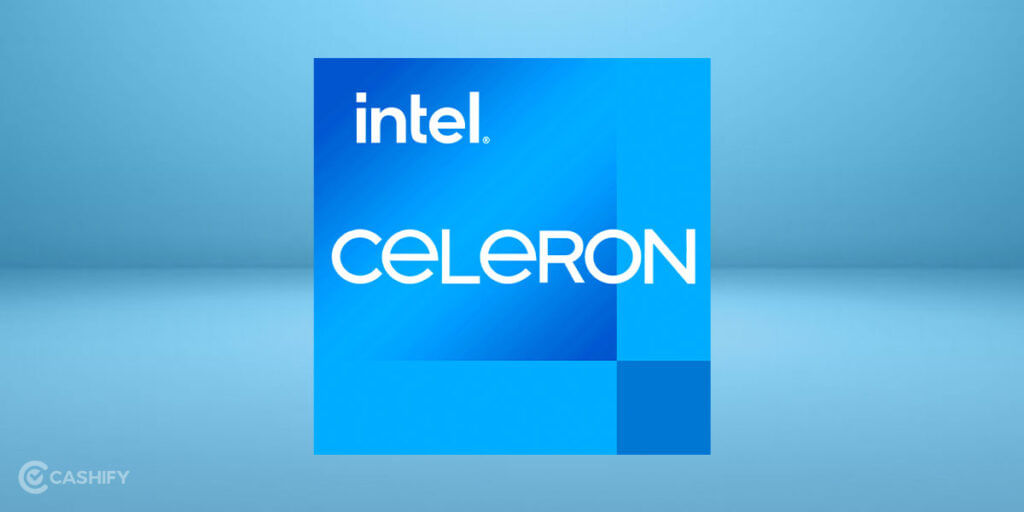
Celeron is a low-end (and low-cost) member of Intel’s P6 architecture-based CPU family. Although it shares the same architecture as the Pentium II, it lacks several of Pentium II’s high-performance capabilities. Celeron versions after the 300 A include an on-chip L1 and L2 cache, which means the cache is accessible at the same clock speed as the CPU. The Celeron L2 cache is less than the Pentium II’s (128 kilobytes) (512 KB).
The Celeron L2 cache is on the CPU chip, but the Pentium II’s is not, hence their effective L2 speeds are almost identical. Celeron processors are enticing to power users at first appearance, with clock speeds up to 466 MHz. Still, they should be compared to the Pentium II’s computational capability to understand their practical use.
Intel Celeron Processor Generations
- Jasper Lake(2021); Celeron N
- Comet Lake(2019-2020); Celeron G5
- Tiger Lake (Mobile: 2019-2020); Celeron 6305
- Coffee Lake(2018-2019); Celeron G4
Intel Celeron Suffix Meanings:
| Celeron Suffix | Meanings |
|---|---|
| E | Embedded |
| J | The processor has NX (No-execute) feature |
| L | Mobile low power |
| S | Small form factor CPU |
| P | Mobile power-optimized |
| Q | Desktop or mobile quad-core |
| T | Extended temperature range |
| U | Mobile ultra-low power |
| X | Desktop or mobile extreme power |
Also read: Avail Amazon Prime Membership For Free With Jio!
Lesser-Known Differences Between Intel Processors and Generations
While most people focus on core counts and clock speeds, there are some lesser-known differences that can impact your experience:
- Integrated Graphics: Not all Intel processors have the same integrated graphics. For example, 11th Gen processors with Iris Xe graphics offer significantly better performance than older UHD graphics.
- Thermal Design Power (TDP): TDP indicates how much heat a processor generates and how much cooling it needs. Lower TDP processors are more power-efficient and better for laptops.
- Overclocking: Only certain processors (usually with a “K” suffix, like i9-13900K) support overclocking, which allows you to increase the clock speed for better performance.
- AI and Machine Learning: Newer generations, like the 11th Gen and later, include AI acceleration features that improve performance in tasks like video editing and voice recognition.
- Thunderbolt and USB Support: Newer generations support faster connectivity options like Thunderbolt 4 and USB 4, which are essential for high-speed data transfer and external GPUs.
- Security Features: Each generation introduces new security features, such as Intel vPro and Hardware Shield, to protect against malware and cyber threats.
- Hybrid Architecture: From 12th Gen (Alder Lake), processors use Performance-cores (P-cores) for heavy tasks. Efficient-cores (E-cores) for background efficiency. It improved multitasking by 20-40% in benchmarks like Cinebench.
- Neural Processing Unit (NPU): Core Ultra (2023+) includes dedicated AI hardware. It boosts tasks like background blur in video calls by up to 2.5x without draining battery.
- Memory Support: Newer gens support DDR5 RAM (faster than DDR4) and PCIe 5.0 for quicker SSDs/GPUs.
How to Choose the Right Intel Processor for You
Choosing the right Intel processor depends on your needs and budget. Here’s a quick guide:
Basic Tasks (Web Browsing, Office Work):
- Intel Core i3 or Pentium/Celeron (8th Gen or newer).
Everyday Use and Light Gaming:
- Intel Core i5 (10th Gen or newer).
Gaming and Content Creation:
- Intel Core i7 or i9 (11th Gen or newer).
Professional Workloads (Video Editing, 3D Rendering):
- Intel Core i9 or Xeon (12th Gen or newer).
Summary
Intel produces hundreds of different CPU models, with new ones being released every year.
Here’s a quick recap:
- The Intel Xeon processor family is optimised for scientific and data-intensive activities.
- The Intel Pentium line of CPUs is a cost-effective solution that gives you a lot of bang for your buck.
- For entry-level buyers with light-level workloads, Intel Celeron delivers rapid performance.
Also read: Get Your Hands On The Best Lenovo Laptops in India 2022
FAQs
What Are The Differences Between Intel Processors?
Picking the right Intel processor depends on your needs. Core i3 tackles everyday tasks like web browsing. Core i5 handles multitasking and casual gaming well. If you’re a gamer, video editor, or power user, the Core i7 offers the most muscle for demanding applications.
Which Intel Processor Is Best: U, H, or P?
When choosing between U, H, or P series processors, consider their intended use. H series processors are tailored for high-performance laptops, striking a balance between power consumption and capability, whereas U series processors prioritize energy efficiency. P series processors typically offer the highest performance but may consume more power.
What Does i3, i5, i7, i9 Mean When We Talk About A Intel Processor?
The designations i3, i5, i7, and i9 signify different tiers of Intel Core processors, each with varying specifications. These include core count, clock speed, cache size, and support for features like Turbo Boost and Hyper-Threading. Generally, higher numbers indicate more advanced and powerful processors.
Which Is Better, i5 Or i7 Processor?
Choosing between an i5 and an i7 processor depends on your computing needs. For everyday tasks and moderate gaming, an i5 processor is usually sufficient. However, if you engage in intensive tasks like video editing or 3D rendering, the additional power of an i7 processor can significantly enhance performance.
Should I Buy i3 Or i5?
The decision between an i3 and an i5 processor hinges on the complexity of your computing tasks. If you primarily perform basic activities like web browsing and document editing, an i3 processor should meet your needs. Conversely, for tasks involving multimedia creation, gaming, or multitasking, the superior performance of an i5 processor is preferable.
Did you know that refurbished mobile phones cost almost 50 per cent less than new phones on Cashify? You also get other discounts, No-cost EMI and more, making it the most affordable way to buy a premium phone. So, what are you waiting for? Buy refurbished mobile phones at your nearest cashify store and avail exclusive offers.




